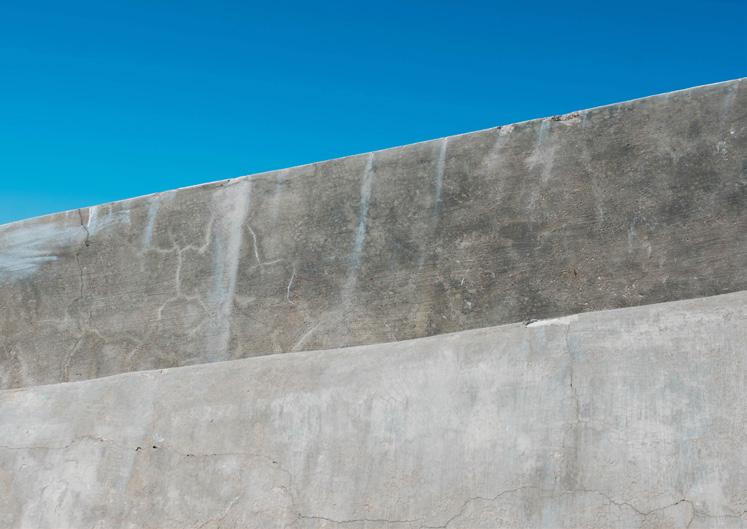
1 minute read
WORKING SAFELY
Safe Work Australia has developed a guide on the safe use of prefabricated concrete elements in the construction industry.
Advertisement
Prefabricated concrete (also known as precast concrete) is a concrete element manufactured somewhere other than its final place of installation. This method of construction is becoming more common and involves discrete elements like walls or

columns being prefabricated offsite and then erected and incorporated by crane into final position in a building structure.
Due to their size and mass, prefabricated concrete elements are vulnerable to collapsing, posing a significant work safety risk. Safe design and adequate planning are the best ways to manage the health and safety risks that may arise when working with prefabricated concrete.

The Guide to managing risk in construction: prefabricated concrete provides national guidance material for duty holders in the building industry. It includes information on managing risks and work health and safety duties associated with working with prefabricated concrete, as well as training, instruction, supervision and consultation processes.
The guide contains information on design, manufacture, transport and storage of prefabricated concrete, as well as tips and advice on the erection process, including crane setup and operation. There is a pre-erection checklist and information on technical standards and certificates of compliance.

The use of prefabricated, tilt-up and concrete elements in both building and civil construction has become increasingly popular in recent years and it is important to be aware of the risks associated with this type of work.
Download the Guide to managing risk in construction: prefabricated concrete at safeworkaustralia.qld.gov.au









